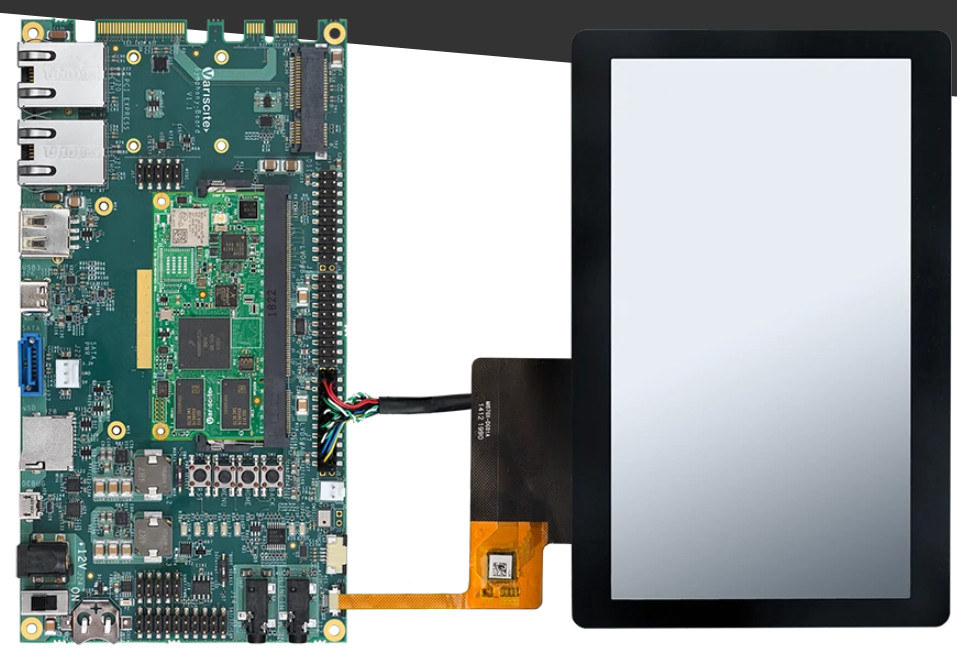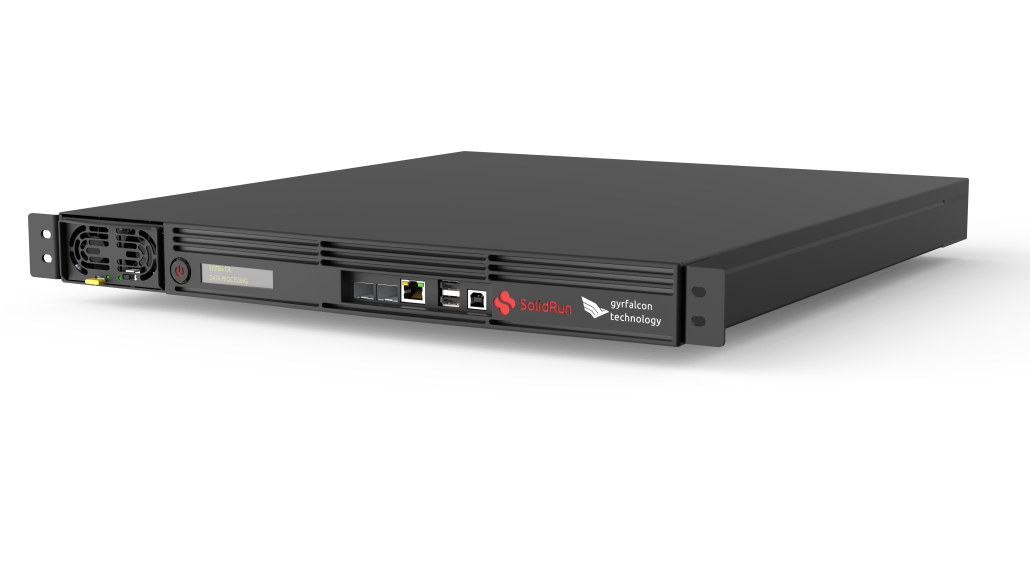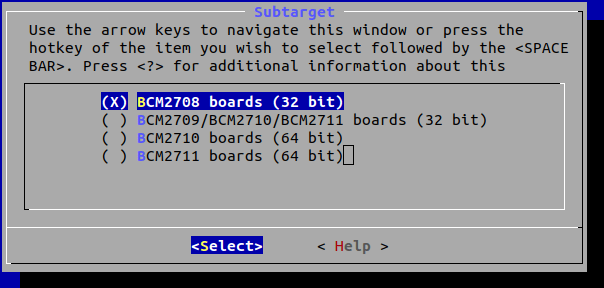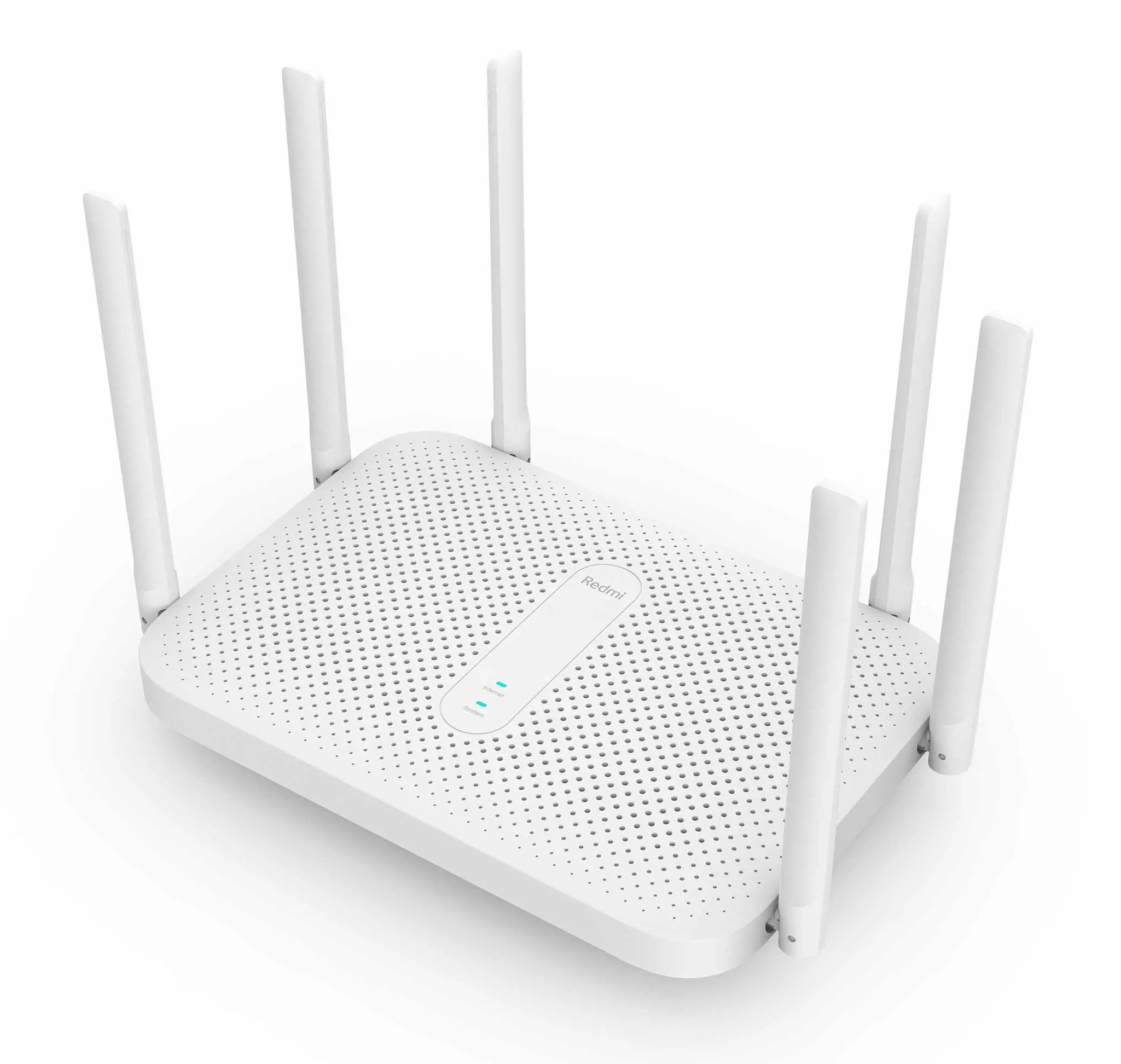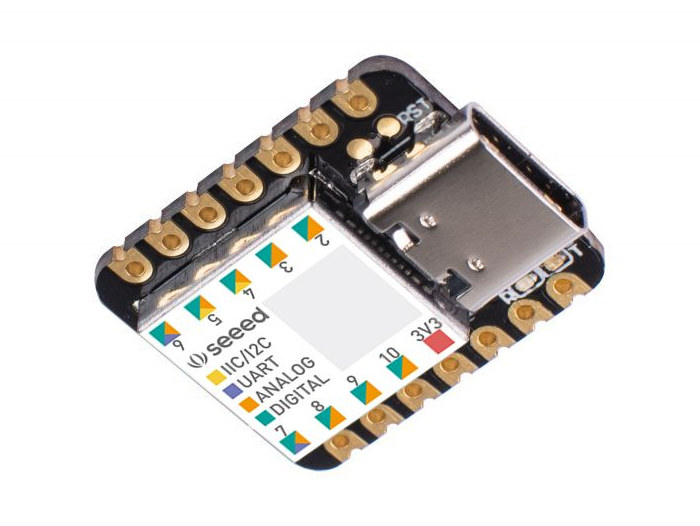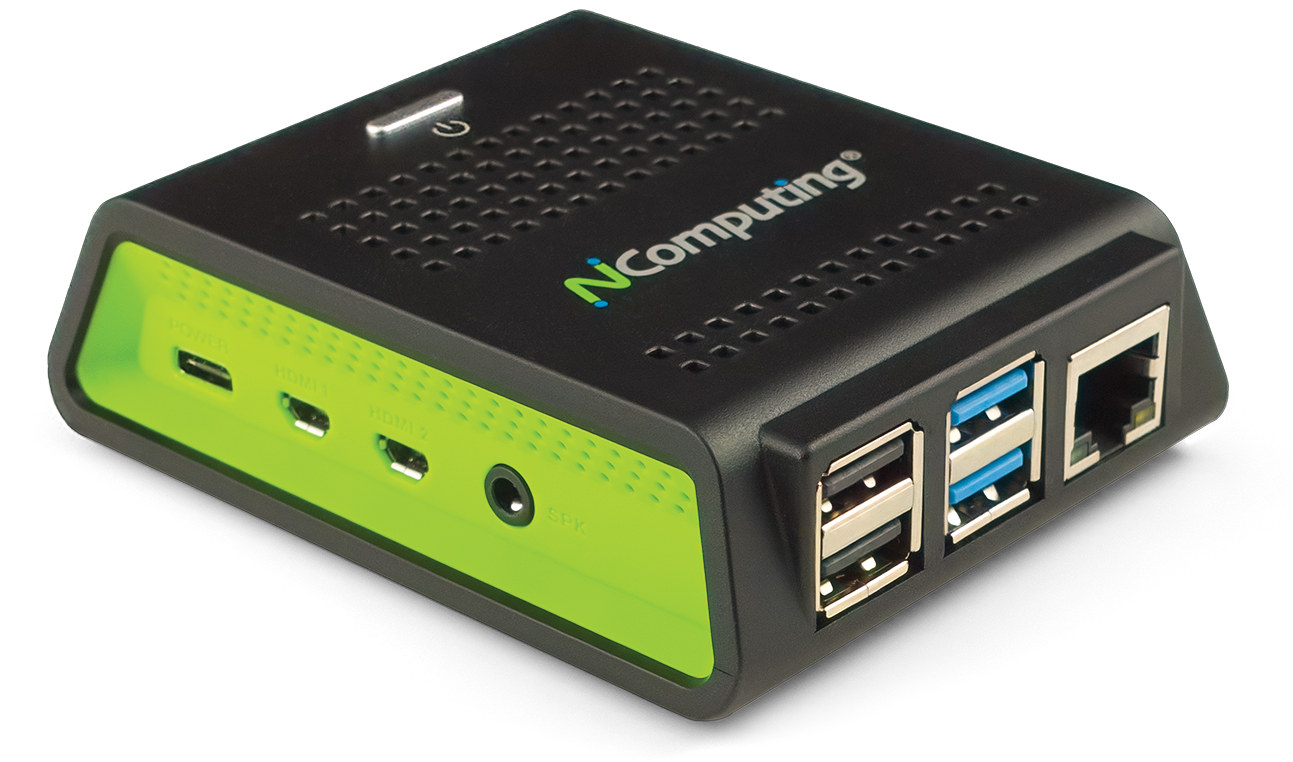Announced last summer, MediaTek Helio G90 & Helio G90T processors are specifically designed for gaming on smartphones and ideals for titles such as Fornite, PUBG, or KOG. Both are higher processors with Arm Cortex-A76/A55 cores coupled with an Arm Mali-G76 3EEMC4, but MediaTek has now announced two more cost-effective processors with Helio G70 & Helio G70T SoCs aimed at mid-range/mainstream gaming smartphones. MediaTek Helio G70 specifications: Processor – 2x Arm Cortex-A75 @ 2GHz, 6x Arm Cortex-A55 @ 1.7GHz with “large L3 cache” GPU – Arm Mali-G52 2EEMC2 up to 820MHz Memory – Up to 8GB LPDDR4x @ 1800MHz Storage – eMMC 5.1 flash Display – Up to 2520 x 1080 resolution Video Decode – H.264, H.265 / HEVC, VP-9 up to 2K @ 30 fps, 1080p @ 60 fps Encode – H.264, H.265 / HEVC up to 2K @ 30 fps, 1080p @ 60 fps Camera ISP support 16MP+16MP, or […]
Variscite Introduces i.MX 8M Mini and Nano SoM’s, Symphony Carrier Board
NXP i.MX 8M Mini and i.MX 8M Nano are lower cost and lower power variants of NXP i.M 8M processors manufactured using a 14nm FinFET process, and cutting some features such as HDMI and embedded DisplayPort, or hardware video decoder. NXP i.MX 8M Mini has been announced for over two years, so we’ve already written about many boards and systems-on-module (SoM) including Boardcon EM-IMX8M-MINI SBC, TechNexion XORE LGA SoM, or Congatec conga-SMX8-Mini SMARC 2.0 module among others. NXP i.MX 8M Nano is more recent, and we only covered a few announcements so far namely iWave Systems iW-RainboW-G34M-SM SoM and Conga-SMX8-Nano SMARC 2.0 computer-on-module. There’s now at least a third company working on a “Nano” module with Variscite announcing VAR-SOM-MX8M-NANO SoM together with a “Mini” version called VAR-SOM-MX8M-MINI, and Symphony carrier board and development kits. VAR-SOM-MX8M-MINI & VAR-SOM-MX8M-NANO Modules Both modules are part of Variscite VAR-SOM Pin2Pin family, and share the […]
SolidRun Janux GS31 Edge AI Server Combines NXP LX2160A & i.MX 8M SoCs with 128 Gyrfalcon AI Accelerators
AI inference used to happen exclusively in powerful servers hosted in the cloud, but in recent years great efforts have been made to move inference at the edge, usually meaning on-device, due to much lower latency, and improved privacy. On-device inference works, but obviously, performance is limited, and on battery-operated devices, one also has to consider power consumption. So for some applications, it makes sense to have a local server with much more processing power than devices, and lower latency than the cloud. That’s exactly the use case SolidRun Janux GS31 Edge AI inference server is trying to target using several NXP processors combined with up to 128 Gyrfalcon Lightspeeur SPR2803 AI accelerators Janux GS31 server specifications: CPU Module – CEx7 LX2160A COM Express module with NXP LX2160A 16-core Arm Cortex A72 processor @ 2.0 GHz System Memory – Up to 64GB DDR4 RAM via 2x SO-DIMM sockets “Video” Processors […]
Getting Started with Amlogic NPU on Khadas VIM3/VIM3L
Shenzhen Wesion released the NPU toolkit for Khadas VIM3/VIM3L last November, so I decided to try the latest Ubuntu 18.04 image and the NPU toolkit on Khadas VIM3L, before switching to VIM3 for reasons I’ll explain below. I’ve followed two tutorials from the forum and wiki to run pre-built samples and then building a firmware image and samples from source. Khadas VIM3L and VIM3 Have Different & Optional NPUs This will be obvious to anyone who read the specs for Khadas VIM3 and VIM3L that the former comes with a 5 TOPS NPU, while the one in the latter only delivers up to 1.2 TOPS. But somehow, I forgot about this, and assume both had the same NPU making VIM3L more attractive but this type of task, Obviously I was wrong. But the real reason I stopped using Khadas VIM3L can be seen in the photo below. My board is […]
Build & Customise OpenWrt for Raspberry Pi
OpenWrt is an open source operating system based on Linux especially designed for embedded & networking devices. This OS is well known for its lightweight footprint, standardized configuration approach (using LUCI interface), easy to build images, as opkg packages. At the core of OpenWrt is a writable root file system, where the users can add and/or remove packages, modify configs etc…. without having to re-flash the entire firmware/operating system. This is achieved by overlaying a read-only compressed SquashFS file system with a writable JFFS2 filesystem using OverlayFS. You can install pre-built packages from OpenWrt repo (which contains approximately 3500 packages) using opkg package manager. The Build Process Below steps cover the required pre-build environment and how to build OpenWrt from the source tree for Raspberry Pi board. Even though OpenWrt recommends Debian for the build machine, I built it successfully on Ubuntu 18.04 Desktop. Setup Build Environment
|
1 2 3 4 5 6 7 |
sudo apt-get update sudo apt-get install git-core subversion mercurial build-essential libssl-dev libncurses5-dev unzip gawk zlib1g-dev unset SED unset GREP_OPTIONS export GREP_OPTIONS= export PATH=$PATH:~/openwrt/openwrt/staging_dir/host/bin export PATH=$PATH:~/openwrt/openwrt/staging_dir/toolchain-mips_34kc_gcc-5.3.0_musl-1.1.16 |
Build OpenWrt […]
Xiaomi Redmi AC2100 Router Sells for $35 and Up
Xiaomi has launched several affordable WiFi routers over the years. Their latest model is called Xiaomi Redmi AC2100 Router and comes with a dual-core, quad-thread MIPS processor, 128MB storage, WiFi 5 with 6 antennas, and four Gigabit Ethernet ports. Xiaomi Redmi AC2100 router specifications: Processor – MediaTek MT7621A dual-core/quad-thread MIPS processor @ 880MHz System Memory – 128MB RAM Storage – 128MB flash Connectivity Wireless 2.4GHz 2×2 Wi-F 802.11n @ 300Mbps 5G 4×4 WiFi 802.11ac @ 1733Mbps 6x external high gain (5dBi) antennas Security – WPA-PSK / WPA2-PSK encryption, wireless access control (black and white list), hidden SSID, intelligent anti-scratch network Ethernet 1x 10/100/1000Mbps WAN (Auto MDI/ MDIX) 3x 10/100/1000Mbps LAN (Auto MDI/ MDIX) Misc – 2x LEDs Indicators (Internet and System), Reset pin hole Power Supply – 12V/2A Dimensions – 259 x 176 x 184mm The router is said to come with MiWiFi firmware based on OpenWrt with “deep customization”, […]
Seeeduino XIAO is a Tiny Arduino Zero Compatible Board with Battery Support
Seeeduino XIAO is the smallest Arduino compatible board from SeeedStudio’s Seeduino family. Measuring just 23.5×17.5 mm, the board is equipped with Microchip SAMD21 Arm Cortex-M0+ microcontroller and exposes various digital and analog I/Os. Seeduino XIAO specifications: MCU – Microchip SAMD21G18 ARM Cortex-M0+ microcontroller at up to 48MHz with 256KB Flash,32KB SRAM USB – 1x USB type C port for power and programming Expansion I/Os 2x 7-pin headers with 11x analog inputs, 11x digital I/Os, 1x DAC, SPI, UART, and I2C 3.3V I/O voltage (not 5V tolerant) Misc – 1x user LED, power LED, 2x LEDs for serial port downloading, Reset pads, SWD pads, 32.768KHz crystal oscillator Power Supply – 5V via USB-C power, power pads (VIN/GND) for battery Dimensions – 23.5×17.5×3.5 mm All main components are placed under a shield, but there may be some charger chip (nope: see comments) as the company explains the board supports batteries via the […]
NComputing RX420(HDX) Raspberry Pi 4 Thin Client Works with Citrix HDX
NComputing RX300 Raspberry Pi 3 thin client was launched in 2017 with support for the company’ vSpace Pro desktop virtualization solution for Linux and Windows, and I tested it accessing a Windows Server 2006 host located in Singapore, and performance was pretty good for a remote system as I could play 1080p YouTube videos, browse multiple tabs in Chrome, etc.. relatively smoothly. This type of solution is aimed at businesses, for which it may be easier and cheaper to handle a fleet of devices using thin clients and servers, instead of traditional PC’s. Beside its vSpace Pro RX300 thin client, NComputing also introduced another Raspberry Pi 3 thin client that same year with RX-HDX using a design similar to RX300 but instead integrating support for Citrix HDX virtualization technology. NComputing now unveiled an update for the latter with RX420(HDX) thin client based on Raspberry Pi 4 SBC with 2GB RAM. […]



